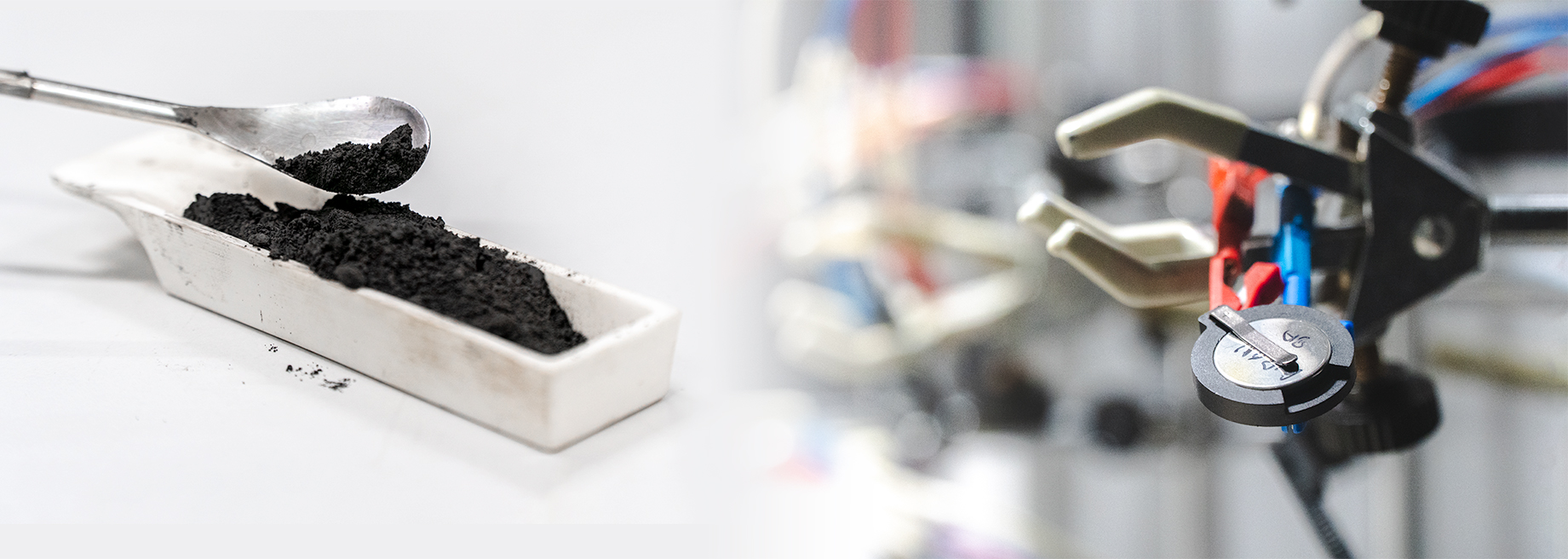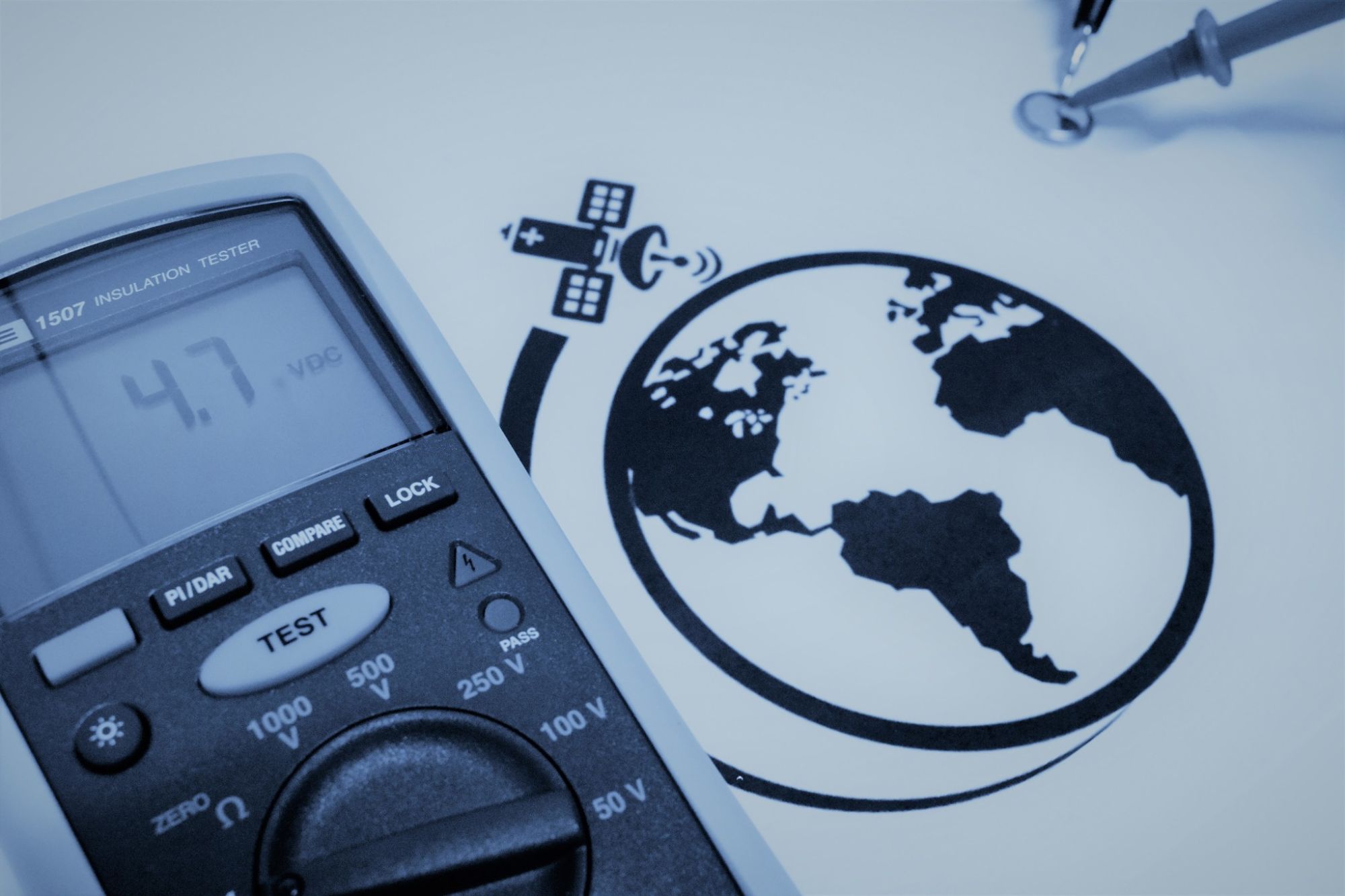The Monbasa project, led by CIC energiGUNE in collaboration with project partners Tecnalia, Gencoa Ltd (UK) and Nanospace (Sweden), has been singled out in October as a “success story” in the field of research on the European Commission’s information portal, which regularly showcases the main R&D activities conducted in Europe. The article, entitled A tiny battery solution with huge potential for Europe, is included in the “Success stories” section of the official European Commission website.
The article provides a detailed review of the different phases of the project, which ran from June 2106 to May 2018, to which the the EU contributed almost one million euros in funding, compared to an estimated total cost of 1.2 million. In its initial sub-heading, the article highlights that “pioneering research on new solid-state batteries is paving the way for tiny yet powerful batteries for safer and better space applications”.
The article endorses the words of Miguel Ángel Muñoz Márquez, CIC energiGUNE researcher and head of the Monbasa project, regarding the growing importance of nanosatellites and, consequently, the need for safe, reliable and lightweight energy units. As Muñoz explains: “Energy storage is crucial to making small improvements in the way these tiny satellites perform”. As the author of the article points out, the result is that Europe is now “back in the running for a leading role in this multi-billion-euro sector.” In addition to CIC energiGUNE as project leader, another member of the Basque Research and Technology Alliance (BRTA), Tecnalia, has also taken part in the project, which highlights the potential of this alliance in this field of activity.
Monolithic Batteries for Spaceship Applications / Monbasa
The Monbasa project is based on improving new processing techniques enabling the use of solid electrolytes in a high voltage Li-ion battery. In turn, this will make these batteries potentially compatible with the techniques to be used to manufacture a new series of microsensors, which are already beginning to be integrated into the most advanced satellites.
One stand-out benefit of Monbasa is that it solves the reliability problems that Li-ion technology, based on the use of toxic and flammable liquid electrolytes, had created up to now. With the approach and use of solid electrolytes integrated in a high voltage Li-ion battery, the aim is to demonstrate that processing techniques can achieve solid Li-ion batteries with a higher energy density than those currently based on liquid electrolytes. These batteries will enhance performance in the vacuum of outer space, as well as the temperature range, and may be longer-lasting. Furthermore, due to their solid, liquid-free components, they will be robust enough to withstand the vibrations and accelerations of the launch phase.
As the article on the EU portal highlights, by 2023, it has been predicted that over 700 nanosatellites could be launched worldwide, up from just 88 in 2013, which shows the potential of the sector. Furthermore, the importance of batteries can be seen as crucial when considering that weight reduction of any element of the satellite can represent a saving of 50,000 euros per kilo in the launch.
In any case, though the most immediate field of application of this type of battery will be that of nanosatellites, the focus is also on other fields such as IoT (Internet of Things) and Industry 4.0. As Miguel Ángel Muñoz Márquez concludes in the article: “We don’t have a crystal ball on how much we can shave off the total cost, but we’re sure we will be competitive, and that is of interest for all battery manufacturers”.





